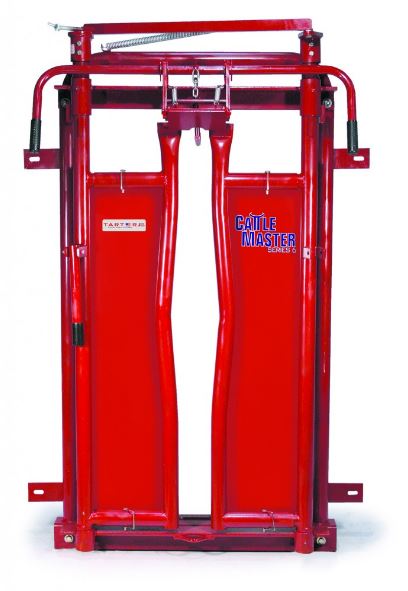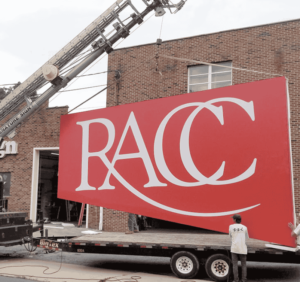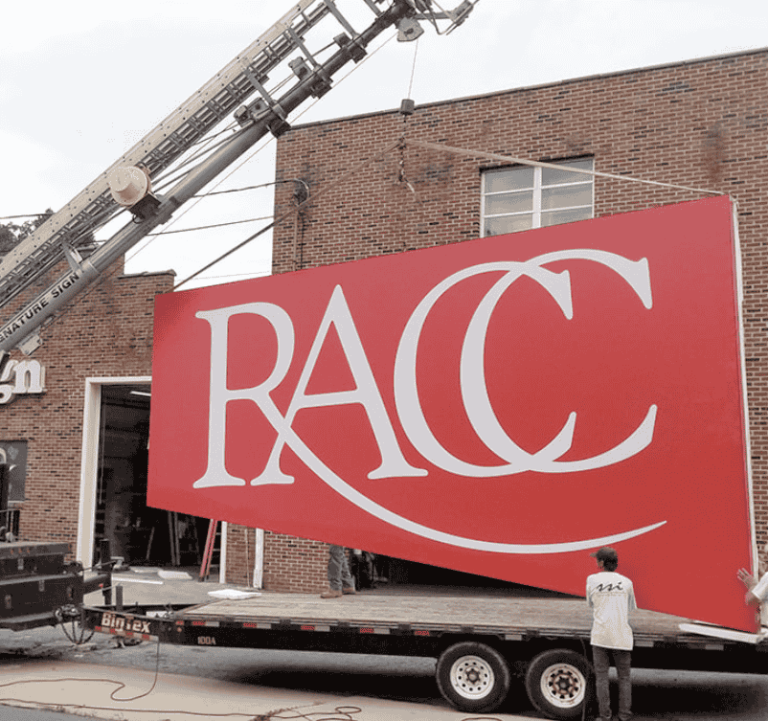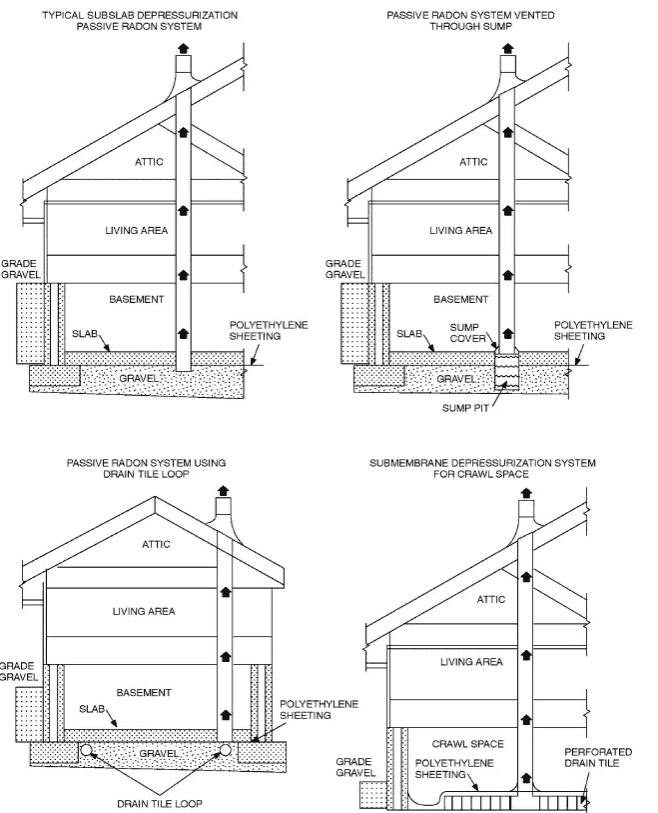Farmers who raise cattle know that handling livestock safely is one of the most important parts of the job. Animals need care every day, whether that means health checks, vaccinations, or routine grooming. Without the right equipment, these tasks can be stressful for both the animal and the farmer. This is why cattle head gates and manual squeeze chutes are such valuable tools. They are designed to hold cattle securely, keep them calm, and make handling safer and more efficient.
What Are Cattle Head Gates?
Cattle head gates are sturdy frames built at the front of a chute system. Their main purpose is to hold the animal’s head in place while the farmer carries out necessary work. The design allows cattle to walk in comfortably, and once inside, the gate gently closes around the neck. This prevents sudden movements while still letting the animal breathe and stand naturally.
The idea is not to cause discomfort but to create stability. Just like how people wear a seatbelt in a car for safety, cattle head gates act as a secure restraint that keeps both the animal and the farmer safe.
How Manual Squeeze Chutes Work Alongside Head Gates
While head gates focus on the animal’s head, manual squeeze chutes manage the rest of the body. These chutes have adjustable sides that can be pressed inward, applying gentle and even pressure along the animal’s body. This pressure actually helps calm the animal, reducing the instinct to struggle or panic.
When used together, cattle head gates and manual squeeze chutes provide full-body security. The head gate prevents sudden movements from the front, while the chute keeps the body steady. This combination creates the safest environment possible for both cattle and handlers.
Why These Systems Are Important
Handling cattle without proper equipment is risky. Cows are large, strong animals, and even unintentional movements can cause serious injuries. Farmers often need to perform delicate tasks such as vaccinations or ear tagging, and trying to do this with a moving animal is nearly impossible.
With cattle head gates, the animal is held still long enough to complete these tasks quickly and safely. Manual squeeze chutes add another layer of security, reducing the chance of accidents. Together, they make routine management tasks efficient and much less stressful.
Safety Benefits for Farmers
One of the biggest reasons for using cattle head gates is the protection they provide for handlers. A cow can kick, swing its head, or push against a person without warning. These movements can lead to broken bones or other injuries. By keeping the head and body secure, farmers reduce the risk of harm.
Manual squeeze chutes further enhance safety. They stop the animal from moving sideways or backing up suddenly, creating a controlled environment where the farmer can focus entirely on the task at hand.
Comfort for the Animals
At first, some people may worry that restraining cattle seems uncomfortable. In reality, cattle head gates and manual squeeze chutes are designed with animal welfare in mind. The even pressure from a squeeze chute is known to calm animals, and the design of the head gate ensures they can stand naturally without strain.
This low-stress handling approach benefits the animals. Cattle that feel secure are less likely to panic, which reduces the risk of injuries and makes procedures faster and smoother.
Different Types of Head Gates
Cattle head gates come in a few different styles. Some are automatic, closing around the animal’s neck as it steps forward, while others are manual, requiring the farmer to operate them.
Automatic gates are especially useful for larger farms where efficiency is key. Manual ones are popular with smaller operations where more control is preferred. Both serve the same function of safely holding the animal in place, but the choice often depends on the size of the herd and the farmer’s daily needs.
Practical Uses on the Farm
Imagine a farmer needing to treat a cow for a minor injury. Without a head gate, the cow could thrash around, making treatment nearly impossible. With cattle head gates and manual squeeze chutes, the animal is held steady long enough for the farmer to clean and bandage the wound.
In another example, during vaccination season, farmers can guide each cow through the chute system, secure them with the head gate, and complete the process quickly. What might take hours without equipment can be done in a fraction of the time.
Long-Term Benefits of Investing in Equipment
While there is an upfront cost to installing cattle head gates and manual squeeze chutes, the long-term benefits outweigh the expense. Fewer injuries to animals mean fewer veterinary bills, and fewer accidents for farmers mean less downtime from work.
Efficient handling also saves time. When animals can be managed quickly and safely, farmers can spend more of their day on other important tasks. Over the years, this efficiency adds up to major savings.
How These Tools Improve Farm Management
Farm management is about finding ways to balance safety, productivity, and animal welfare. Cattle head gates are a small part of the bigger picture, but they make a big difference. They allow farmers to complete routine health checks without stress, which helps catch small problems before they become serious.
Manual squeeze chutes also improve management by reducing the struggle during handling. Less stress means calmer cattle, and calmer cattle are easier to feed, transport, and care for overall.
A Day in the Life With Proper Equipment
Think about a busy day on a farm where cattle need both vaccinations and health checks. Without equipment, the process would involve chasing cattle, struggling to keep them still, and dealing with unnecessary stress. With cattle head gates and manual squeeze chutes, the same tasks can be done smoothly. Each cow moves through the system, gets the care it needs, and returns to the herd without chaos.
This level of organization doesn’t just make the day easier—it improves the overall atmosphere of the farm. When both animals and humans feel less stressed, everything runs more smoothly.
Comparing to Older Handling Methods
In the past, farmers often had to rely on ropes or improvised barriers to manage cattle. These methods were not only less safe but also caused a lot of stress to the animals. Modern equipment like cattle head gates and manual squeeze chutes shows how far livestock management has come.
By replacing outdated methods with safer, more efficient tools, farmers protect themselves, their animals, and their investment. The difference in safety and efficiency is clear from the very first use.
Final Thoughts
Raising cattle requires patience, skill, and the right equipment. Cattle head gates and manual squeeze chutes are two of the most important tools for making farm work safer and more efficient. They protect farmers from injury, keep animals calm, and allow essential tasks to be completed quickly.
For any farm, whether large or small, investing in these systems is not just a convenience—it’s a commitment to better animal care and safer working conditions. In the long run, they create a healthier, more manageable environment for both cattle and the people who care for them.










+ There are no comments
Add yours